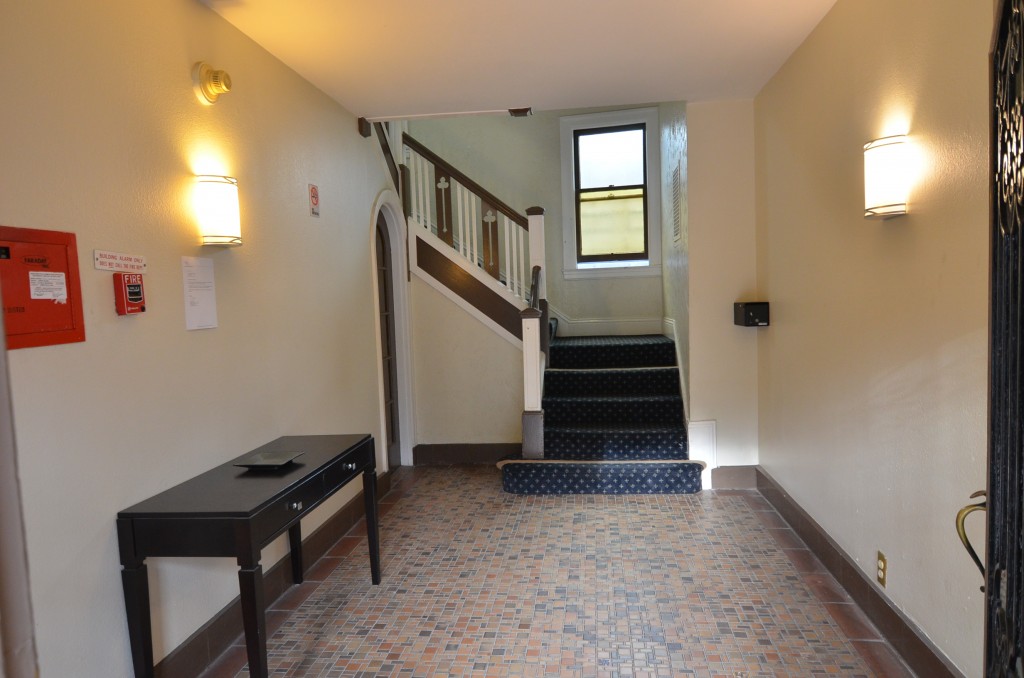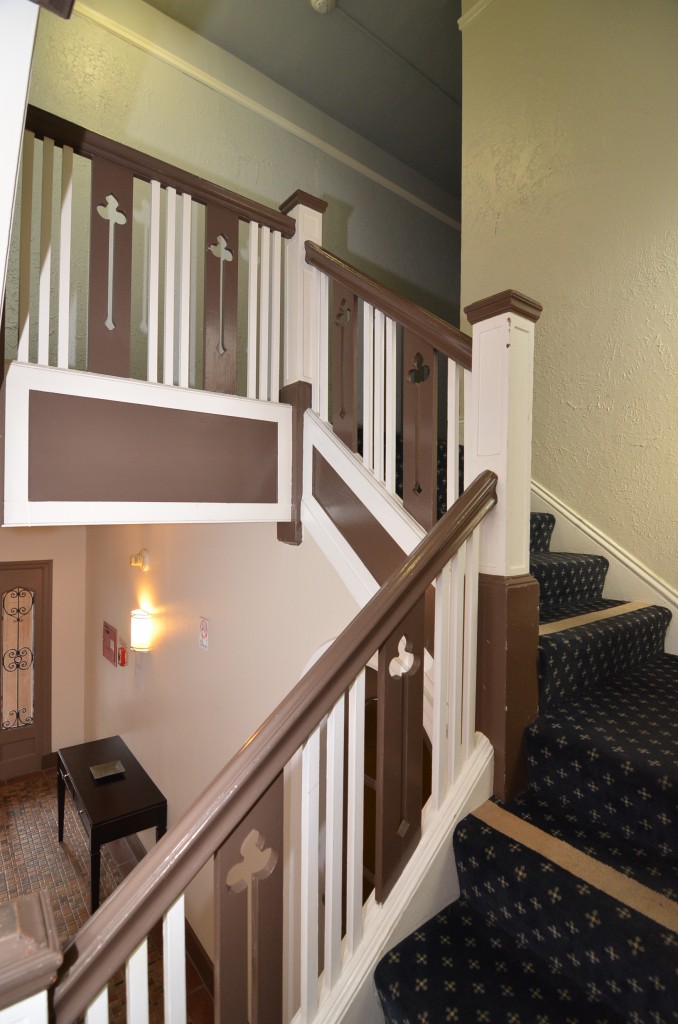From the middle ages through the 1800’s, the “social safety net” in the west used to be offered by “the Church” (which church varied by region). Think about schools, alms for the poor, asylums, hospitals– many or most were administered by religious orders.
Then governments in the 20th century started to offer overlapping services– public schools, public libraries, public hospitals, social security for the elderly. Certainly this is the case in the United States, and in the post-Dickens Europe as well.
But we are seeing a great weaking of the public resolve to help others, at least through government programs. The solid swing to the right in the United States since 1980 has lead to the erosion of public schools, hospitals, road infrastructure, and public universities. Social security is under constant attack, food for the needy is being rolled back, scholarships curtailed, and getting private health insurance for more people is a battle. Even Europe is dismantling is celebrated welfare system by “austerity” programs created by England and now spreading by the new European Union governance structure.
If governments are reversing over 100 years of structural societal support, what will fill in? The governments have the power to tax and in the United States even through the social services have declined, the military services have come to absorb the surplus taxes revenue (as can be seen by the consistency in the percentage of gross-domestic-product that makes up government spending).
Churches would raise money through tithes (3%-10% of one’s income would go to the Church) as they were effectively the government for hundreds of years (other than military spending). Churches could also inexpensively staff schools and hospitals with nuns and monks. Churches were further aided by not having to pay property taxes on their expansive real estate holding or pay payroll taxes for providing housing to nuns and pastors. So Churches had a way of raising money to offer social services and could stretch its money further.
It is possible that we would go back to churches providing social services, but that would be against the trend of the last 100 years as church attendance has declining.
Non-profits in the United States, with no religious ties, are now running many schools, hospitals, universities, and retirement homes. Non-profits, as NGO’s, are starting to spread in other parts of the world as well.
If non-profits are going to play an increasing role in providing social services, then we have put in place the infrastructure support system to do this. What do we need?
We need a way to create sustainable funding for this work. Some of the rich donate money, but most donations still goes to churches. Furthermore, the total comes to too small a percentage of the GDP to create the services. In some communities, like San Francisco, the wealthy are supporting private schools through tuition and there are some scholarships available for those that can not afford tuition, but this is far from what is needed to school the young even of a wealthy city like San Francisco.
Even beyond this, we need support systems for those that dedicate themselves to working in these non-profits. Churches and governments have pensions and homes to support workers. Non-profit on the other hand, have lower salaries and benefits than for-profit work, but do not have the housing or pension systems to help create a sustainable model. Non-profit employees have harder choices to make when trying to save for retirement or medical care. This could be helped by dedicated free housing for non-profit workers that would parallel monastery housing.
Also, retirement homes and services for those that have dedicated their lives to service could parallel some of the public pensions that government employees enjoy.
In sum, if we are going to build a non-profit infrastructure to play a significant public-service roll, then we will need a tax-like system to support these services, and probably debt-free real estate, and relief from government taxation. How this can be done without regulation is going to be a challenge because explicit government benefits would have to be kept from supporting corruption and poor services.
Operating independently from the government by having people on average tithe several percent of their income will also be a challenge in a time when church attendance is dropping and anti-taxation candidates are getting elected.
Maybe non-profits will come to be seen as worthy of a significant commitment from everyone’s paycheck. Maybe inspired leadership can help build this sector, but it will not be easy.
If governments continue to dismantle the social safety-net it has grown to provide over the last 100 years, then we have some challenges ahead of us– both exciting and terrifying.










